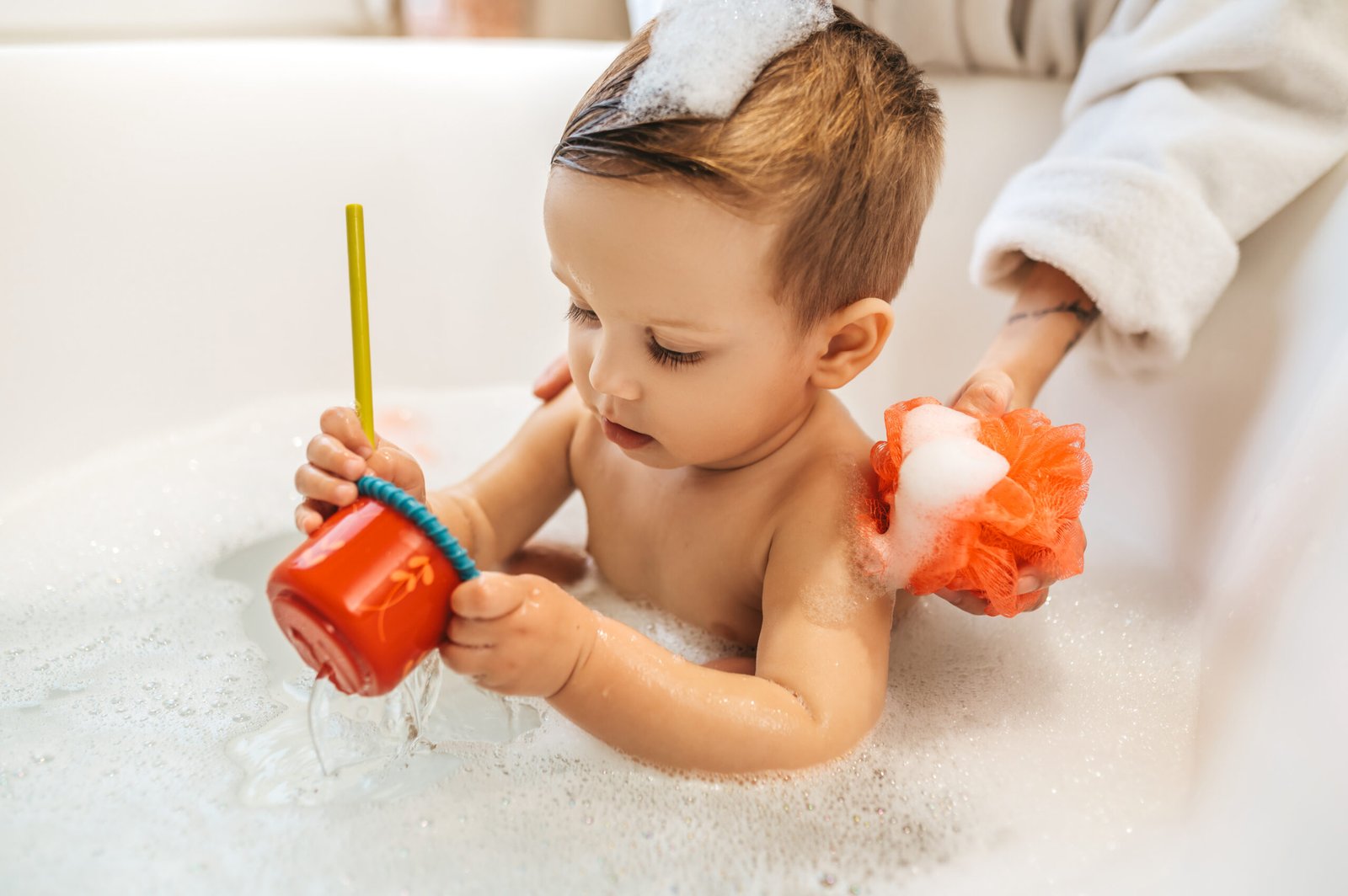In this article, we’ll discuss an important aspect of newborn care: understanding if your baby is cold. This is crucial since newborns have different needs than older children regarding temperature regulation.
[toc]
Key Takeaways
- Newborns are more prone to heat loss due to their body surface area relative to weight.
- Room temperature and appropriate clothing are key factors in ensuring the baby’s warmth.
- Understanding body signals is essential in determining if a baby is cold.
Understanding Heat Control in Newborns
The Challenge of Temperature Regulation
Newborns lose heat more rapidly due to their large surface area than their body weight. They also have less brown fat tissue than older babies, contributing to heat loss.
Ideal Room Temperature
In environments where the temperature is around 24-25 degrees Celsius, overdressing the baby is unnecessary. A simple bodysuit with a light cover up to the waist is sufficient. Over 26 degrees, it’s important to avoid overdressing the baby, as it can lead to overheating and even fever.
Adjusting for Cooler Environments
In environments below 23 degrees, an extra layer of clothing can be added. This could include a bodysuit, a cover, and a hat, which is especially important as a significant amount of heat is lost through the head.
The Impact of Environmental Temperature
Dressing for the Weather
As the ambient temperature rises, so does a newborn’s body temperature. In hot weather, thick clothing can raise a baby’s body temperature to 38 degrees Celsius. If the baby seems feverish, first try thinning their clothes and observe. If the fever persists, then seeking medical advice is advisable.
Recommendations
Clothing Guidelines
- Avoid thick clothes above 24-25 degrees Celsius.
- Add a vest or hat when the temperature is below 22 degrees.
- Cover the baby’s head, as it’s a significant source of heat loss.
Misconceptions About Baby’s Temperature
- Coldness in the baby’s nose, hands, or feet doesn’t necessarily mean the baby is cold. Circulation issues in these areas can make them feel cold even when the baby is warm.
Conclusion
Ensuring a newborn’s warmth is more than touching their hands and feet. Understanding the relationship between room temperature, appropriate clothing, and physiological responses is key to keeping your baby comfortable and healthy.

